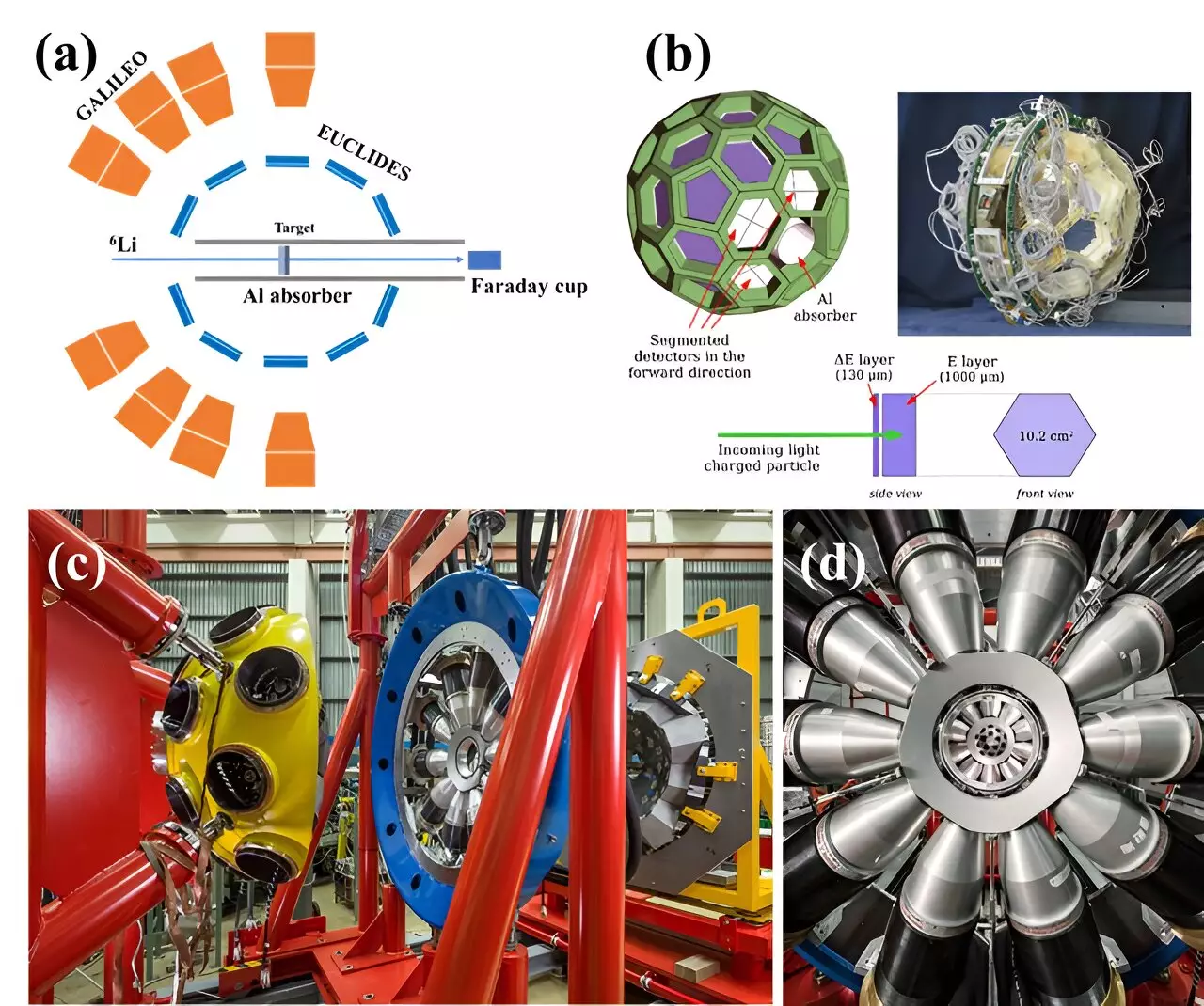The recent research conducted at Legnaro National Laboratory has shed light on the transfer of neutrons in weakly bound nuclei, particularly focusing on the one-neutron stripping process in reactions involving lithium-6 and bismuth-209. This study, published in the journal Nuclear Science and Techniques, highlights the importance of understanding nuclear reactions at a fundamental level.
The collaborative effort between researchers has revealed intriguing results, indicating that the one-neutron stripping process can produce outcomes comparable to those of complete fusion reactions, especially in energy regions near nuclear barriers. This finding challenges previous assumptions and suggests that one-neutron transfer may play a more dominant role at lower energies than previously thought.
Decades of research have gone into exploring how weakly bound nuclei such as lithium-6 interact with heavier nuclei. The delicate structure of lithium-6 makes it susceptible to breaking up and engaging in complex reaction pathways. Despite decreasing energy levels, the impact of these reactions remains significant, providing researchers with valuable data on nuclear interactions under varying conditions.
Utilizing the GALILEO Array in conjunction with the 4π Si-ball EUCLIDES, researchers conducted detailed spectroscopic analysis to track and identify the reactions. The gamma-gamma coincidence method played a crucial role in isolating specific reaction channels, allowing for precise observations of nuclei behavior under different conditions with high accuracy.
As highlighted by J. Lubian, the corresponding author of the study, a deeper understanding of nuclear behavior in various conditions can lead to enhanced approaches in nuclear energy production and radiation therapy. The implications of the one-neutron stripping process extend beyond theoretical insights, opening doors to practical applications in medical physics and energy research.
The complexities of nuclear reactions, as exemplified by the one-neutron stripping process, underscore the nuanced nature of nuclear science. This research serves as a stepping stone for future scientific breakthroughs in nuclear technology, paving the way for innovative advancements in the field.
Overall, the recent breakthrough in understanding the transfer of neutrons in weakly bound nuclei offers valuable insights into the intricacies of nuclear reactions and sets the stage for further exploration and advancements in nuclear science and technology.


Leave a Reply